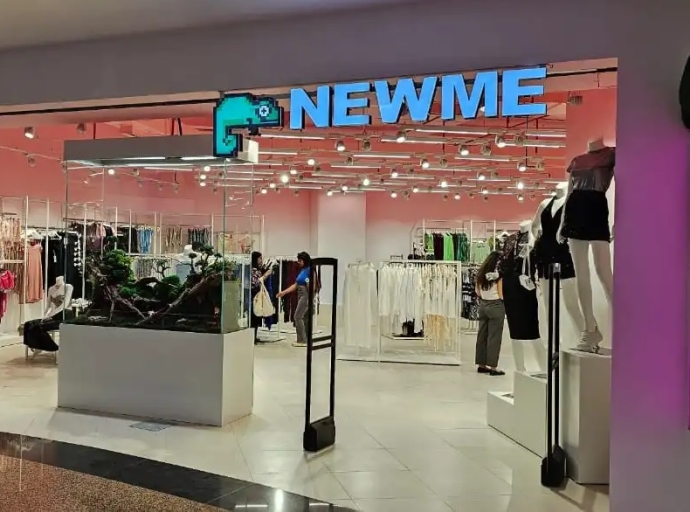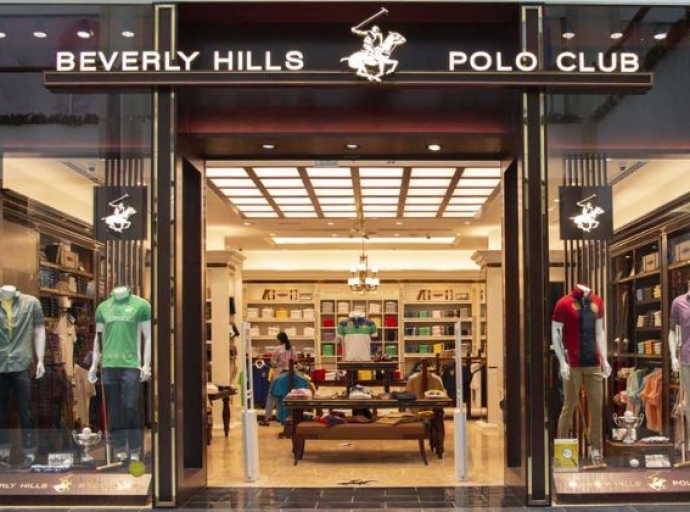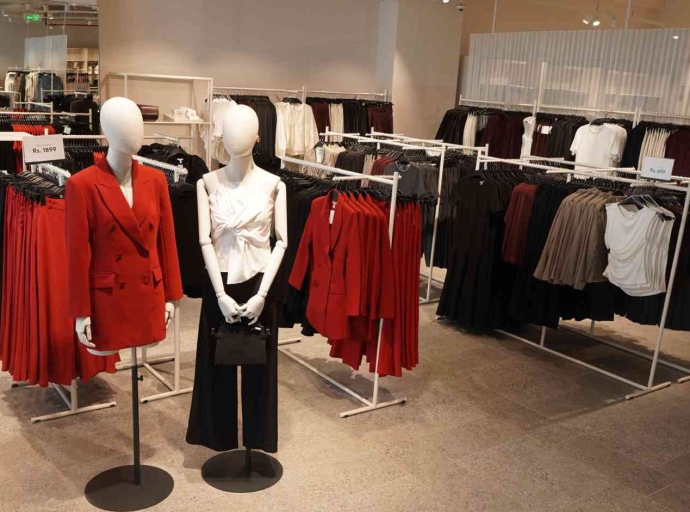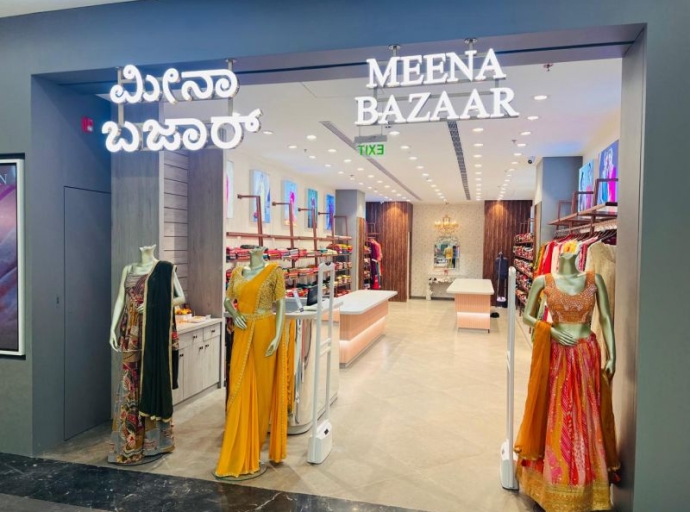02 December 2024, Mumbai
Initially achieving modest sales of Rs 50,000 in 2021, kids clothing brand Khudey: The Little One achieved pre-festive season sales of Rs 3 lakh in 2024. Born out of the challenges of the COVID-19 pandemic, the brand generated income for 30 women who previously had no stable source of livelihood.
Founded by Arpita Chakraborty, a government schoolteacher, in partnership with the NGO Tanuz Vocational Training Society, Khudey: The Little One started as a small initiative to address social inequalities. The brand has since grown into a thriving venture, empowering women from marginalised backgrounds and providing a platform for their children.
Demand for Khudey’s apparel has grown steadily, with exhibitions held in cities like Bengaluru, Chennai, Gurgaon, and Kolkata since July. The brand started operations during the pandemic by providing educational support to children in Topsia, Kolkata, as schools remained shut. Gradually, Chakraborty involved the mothers of these children, equipping them with skills to create garments.
The initiative also instills discipline and hygiene in the children, who eagerly participate as models. These shoots act as a motivational tool, encouraging self-care and good behavior.




































